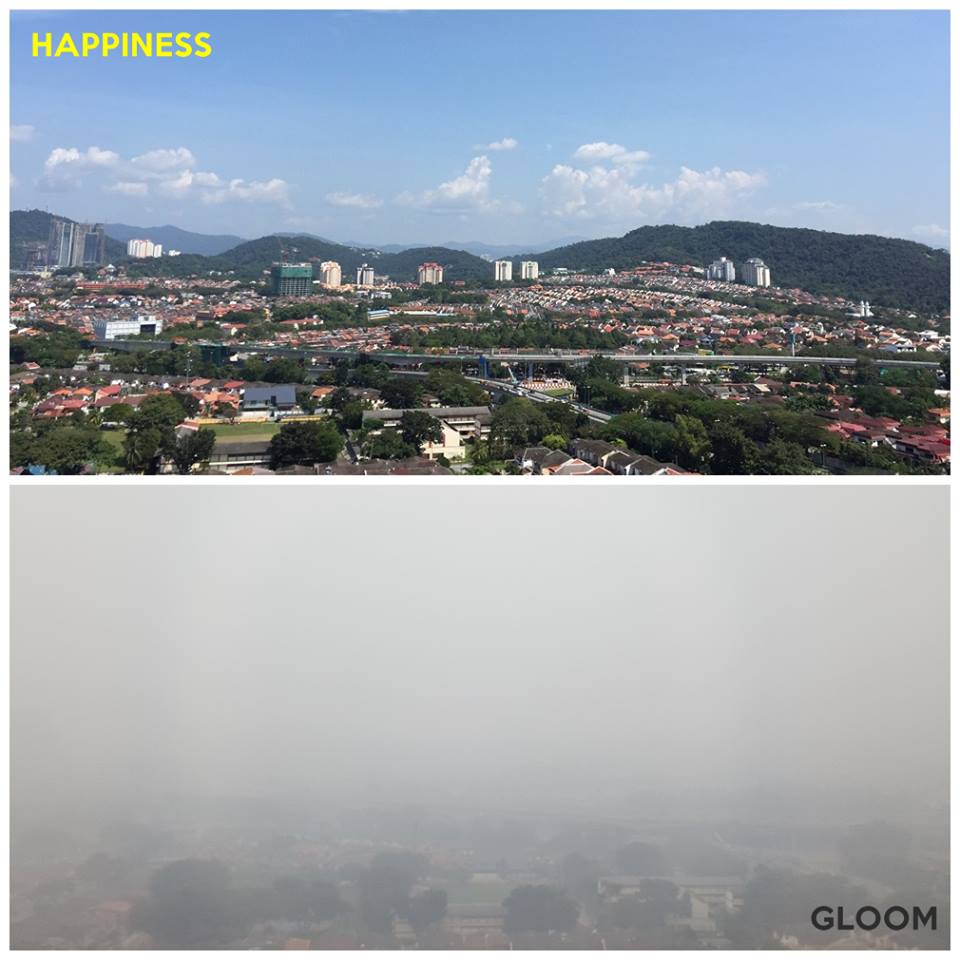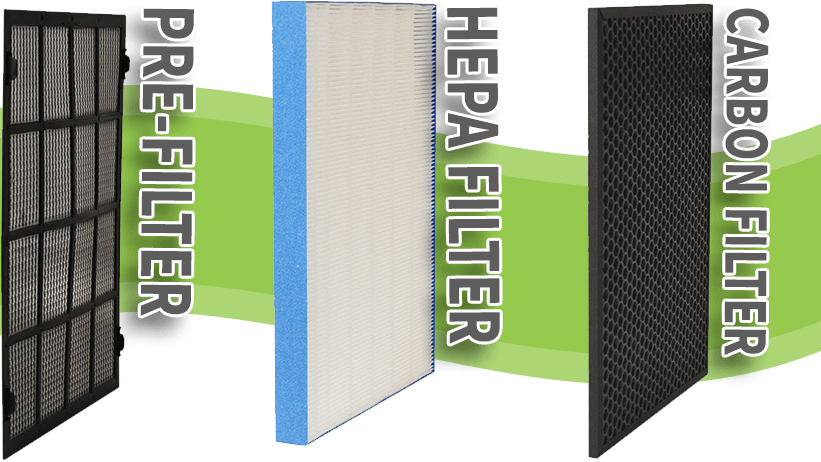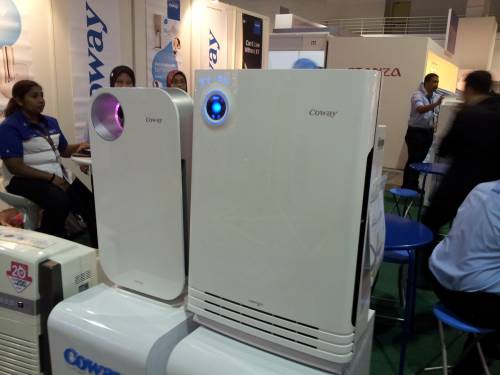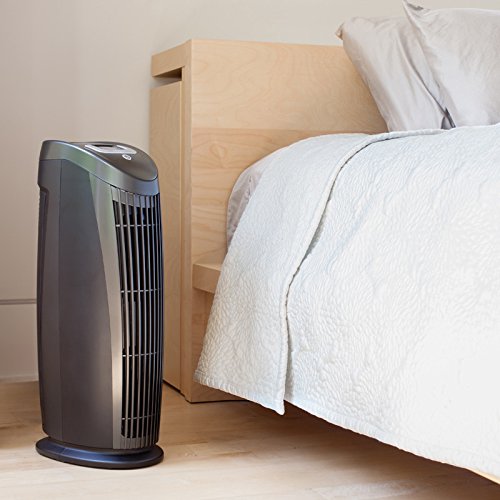How To Choose The Right Air Purifier To Combat The Haze
In this week's Tech Tuesday, we take a look at the types and specifications of air purifiers available in the market and how to utilise them effectively.
Haze season is upon us yet again, so much so that many Malaysians have come to expect this yearly occurrence
A before-and-after photo showing how much the haze has changed our view from the SAYS office.
Image via SAYSWith the threat of hazy days ahead, many Malaysians are not just arming themselves with masks but also running to the market for air purifiers to beat the haze
What's an air purifier? And what does it do?
An air purifier is an appliance that reduces the concentration of airborne contaminants in a designated area according to the specifications of the particular product. Purifiers help to clean indoor air, which is helpful to people who suffer from allergies, asthma, chemical sensitivity, and other respiratory-related symptoms.
Most air purifiers in the market boost individual specifications, it's important to know how to differentiate them
Pre-Filters: These filters are a great benefit because they help extend the time between filter cleanings or changes as well as maintain the air purifier's functionality and efficiency. Pre-filters do this by trapping large particles before they reach the main filters of the air purifier.
HEPA (High Efficiency Particulate Air): The filter can consist of any material as long as it meets this standard - penetration of less than 0.03% of particles 0.3 micrometres in size or larger. The filter must also allow a specific amount of air to flow through, which varies by the size of the filter.
Carbon Filter: In room air purifiers, the activated carbon is often combined with other minerals, like zeolite. Zeolite can absorb ions and molecules and thus act as a filter for odor control, toxin removal, and as a chemical sieve.
The size of the air purifier is important in determining its effectiveness
It's important to pick an air purifier that's right and suitable for the location you want to clean. Smaller rooms, for example, work best in bedrooms and toilets, while larger air purifiers are meant for living rooms or offices.
Two purifiers of smaller size can also be used together to achieve the same effect as that of a larger air purifier.
Also, it's good to note that air purifiers should be placed in areas where air can travel freely
It's important that you choose a location that is not behind furniture or directly below shelves. Since most air purifiers have an intake near the front of the machine, you want it to be able to see the whole room and have access to the many airborne particles that have run rampant.
This also goes for the top of the air purifier. By placing it under a shelf, the only thing that’s going to get that fresh air is the underside of your bookshelf. The rule of thumb is to keep a few feet of clearance at the top, front, and sides for optimal efficiency.
Air purifiers are most effective when all doors and windows are shut
This allows for the air purifier to clean the air in the room without interference from hallways or other rooms. Since air will flow wherever there is an opening, the air purifier will try to pull in air from outside if doors are not fully closed. This may seem counterintuitive because often open doors and windows to let fresh air in.
However, since small particles, such as dust and pollen are difficult to see, let's imagine that it’s snowing outside. Your air purifier is hard at work clearing your room of snow, but with the windows open, more snow continues to enter the room, thus creating a snow carpet that will not disappear.




